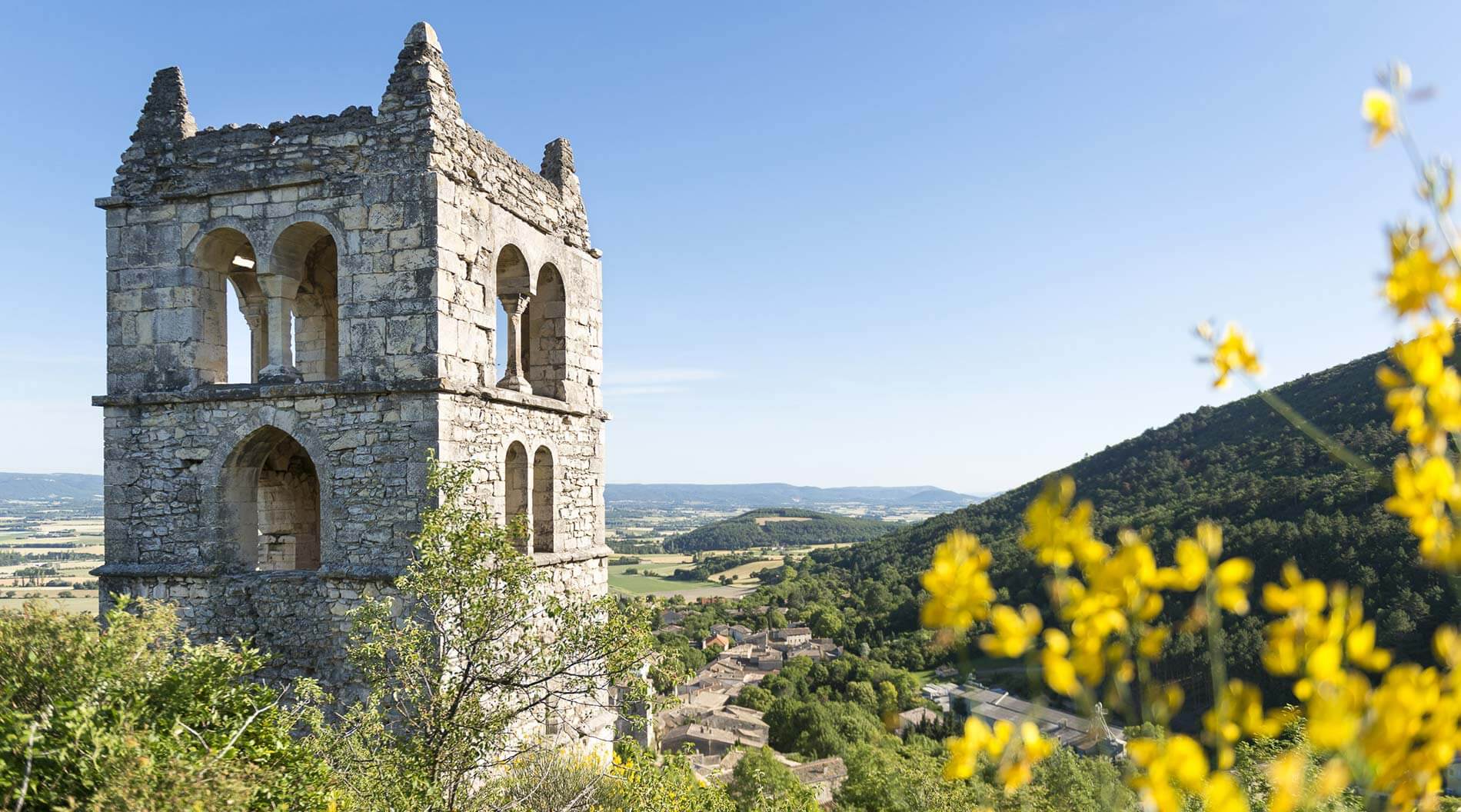Tourism in the Drôme provençale
At the gates of the South, from Montélimar to the regional natural park of the Baronnies provençales via Valence, the south of the Drôme already stretches out landscapes of lavender fields and olive groves under a bright sun. Take advantage of your stay at the campsite Drôme Provençale Les Bastets to do some sightseeing!
The perched villages of the Drôme provençale
The fertile plains of the Drôme Provençale are punctuated by hills on which numerous perched villages were built during the Middle Ages. These ancient strongholds number about fifty between Montélimar and the southern end of the department.
So many timeless settings to discover, between calades, paved streets, shaded squares and religious buildings. Among the most remarkable cities are the listed villages of Grignan, La Garde-Adhémar, Montbrun-les-Bains or Poët-Laval.
Other more secret destinations, such as Laupie, Marsanne or Sauzet, also conceal historical and architectural treasures.
The castles of Drôme provençale
Several particularly remarkable castles are to be discovered in Drôme provençale. The most illustrious is without doubt that of Grignan, where the Marquise de Sévigné, a famous epistolary writer, stayed and died. It is also the largest Renaissance castle in the South-East of France, visible from afar on its rocky spur.
In the 17th century, it was inhabited by the Count of Grignan, François Adhémar, and his wife who was none other than the daughter of the Marquise de Sévigné. The panoramic view from the terraces of the castle is not to be missed. Other castles to visit in Drôme provençale are those of Suze-la-Rousse and Garde Adhémar.
The regional natural park of the Baronnies de Provence
Rich of an incredible biodiversity, the natural park of Baronnies shelters two thousand different plant species, among which olive trees, and more than two hundred animal species.
At the gateway to Provence and the Hautes-Alpes, the Baronnies regional nature park benefits from a dual influence, Alpine and Provencal: a true oasis, it allows the cultivation of unique products such as the famous Nyons olives. Nyons olives and olive oils are the subject of a PDO and an AOC.
The city, labeled Most Beautiful Detours of France, is also home to a fascinating Olive Tree Museum. Some of the Drôme’s leading towns such as Sisteron, Grignan, Montélimar or Vaison la Romaine are, due to their geographical location, real “gateways” to the regional natural park.
The lavender road
If the gourmets will gladly take the road of the olive trees which crosses the country of Nyons and the natural park of Baronnies, others will let themselves be intoxicated by the scents of the fields of lavandin during an excursion along the road of the lavender, which connects Montélimar to Nyons.
From mid-June to mid-August, depending on the year and the area, the hilly scenery of the Drôme Provençale is adorned with a cameo of blues, mauves and purples, punctuated here and there by hundred-year-old olive trees and truffle oaks.
In Nyons, don’t miss a visit to the traditional Bleu Provence distillery where the history of the use of lavender and the discovery of its virtues through the centuries will be told.
The enclave of the Popes
South of the Drôme, east of the Rhône, the enclave of the Popes is a territory attached to the Vaucluse: administratively in the PACA region, this island is geographically located in Auvergne-Rhône-Alpes.
It is made up of the communal territories of Grillon, Visan, Valréas and Richerenches, acquired by the popes of Avignon in the 14th century. After the French Revolution, their inhabitants decided to remain attached to the Vaucluse.
The visit of the Enclave des Papes includes the discovery of the ancient Templar commandery of Richerenches, the castle of Simiane and the chapel of the White Penitents in Valréas, as well as the beautiful architecture of the 17th and 18th century houses in Visan.
Local products, between truffles and wines
The black truffle, also known as the “black diamond” of gastronomy, finds in Drôme provençale the ideal conditions to blossom and develop its unique aromas. In the first truffle-growing region of France, the black truffle can be found on the stalls of local markets from December to March.
The unmissable event is the Richerenches market which takes place every Saturday morning from mid-November to spring.
The summer truffle is harvested from May to August. You can taste it with a Grignan-les-Adhémar wine, an AOC to discover during cellar visits and tastings.
In Richerenches you will also find the Truffle and Wine Museum, in Saint-Paul-les-Trois-Châteaux the Truffle House, and in the castle of Suze-la-Rousse the Wine Museum.
Discover the Drôme Provençale
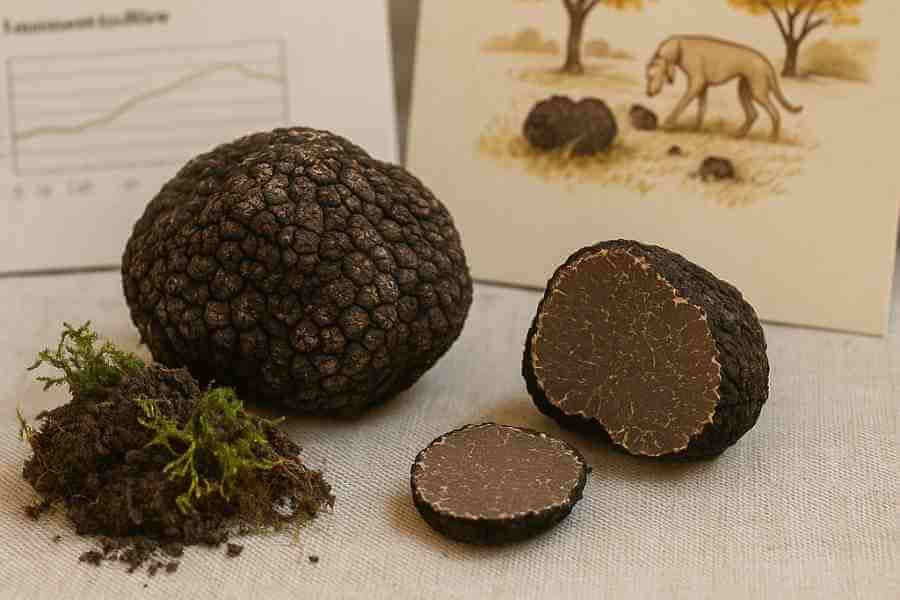 Top 3 Truffle-Themed Activities in the Drôme Region
Top 3 Truffle-Themed Activities in the Drôme Region Top 5 des spots pour un pique-nique Drôme avec vue
Top 5 des spots pour un pique-nique Drôme avec vue Où jouer au golf dans la Drôme ?
Où jouer au golf dans la Drôme ?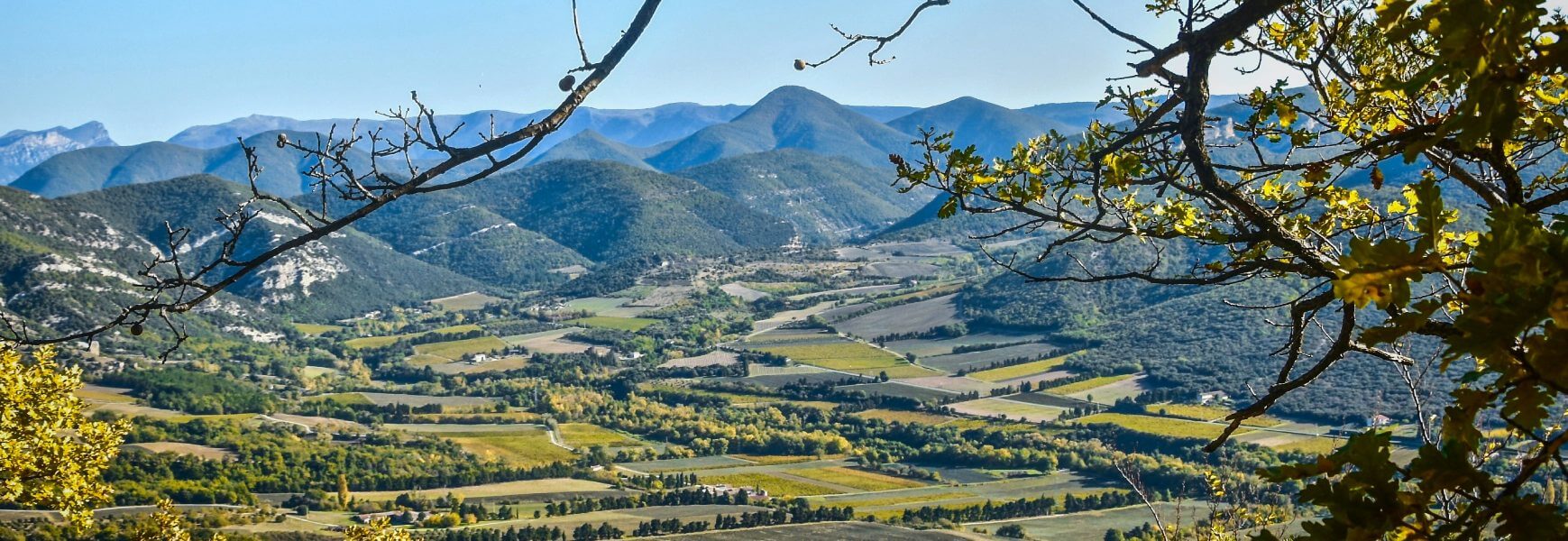 Mirmande
Mirmande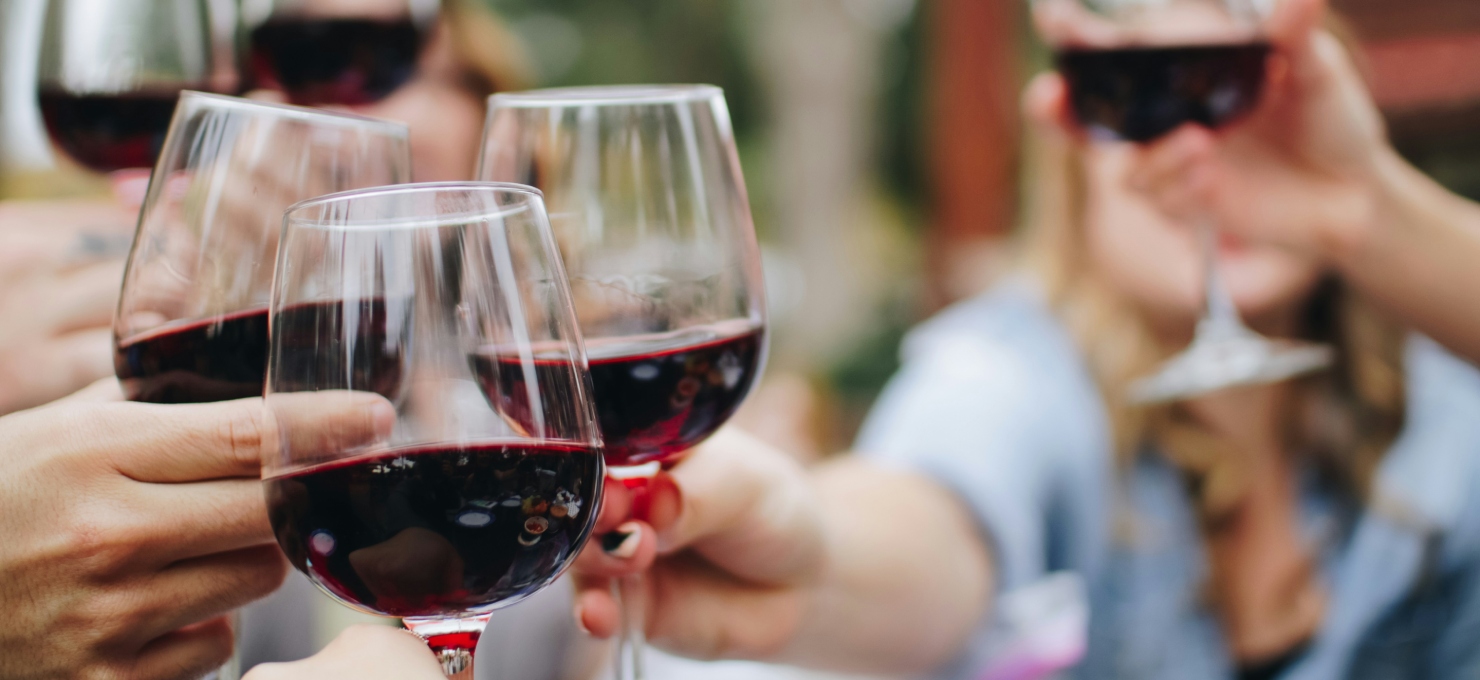 The wine route of the Drôme
The wine route of the Drôme Top 5 Waterfalls to Discover in the Drôme
Top 5 Waterfalls to Discover in the Drôme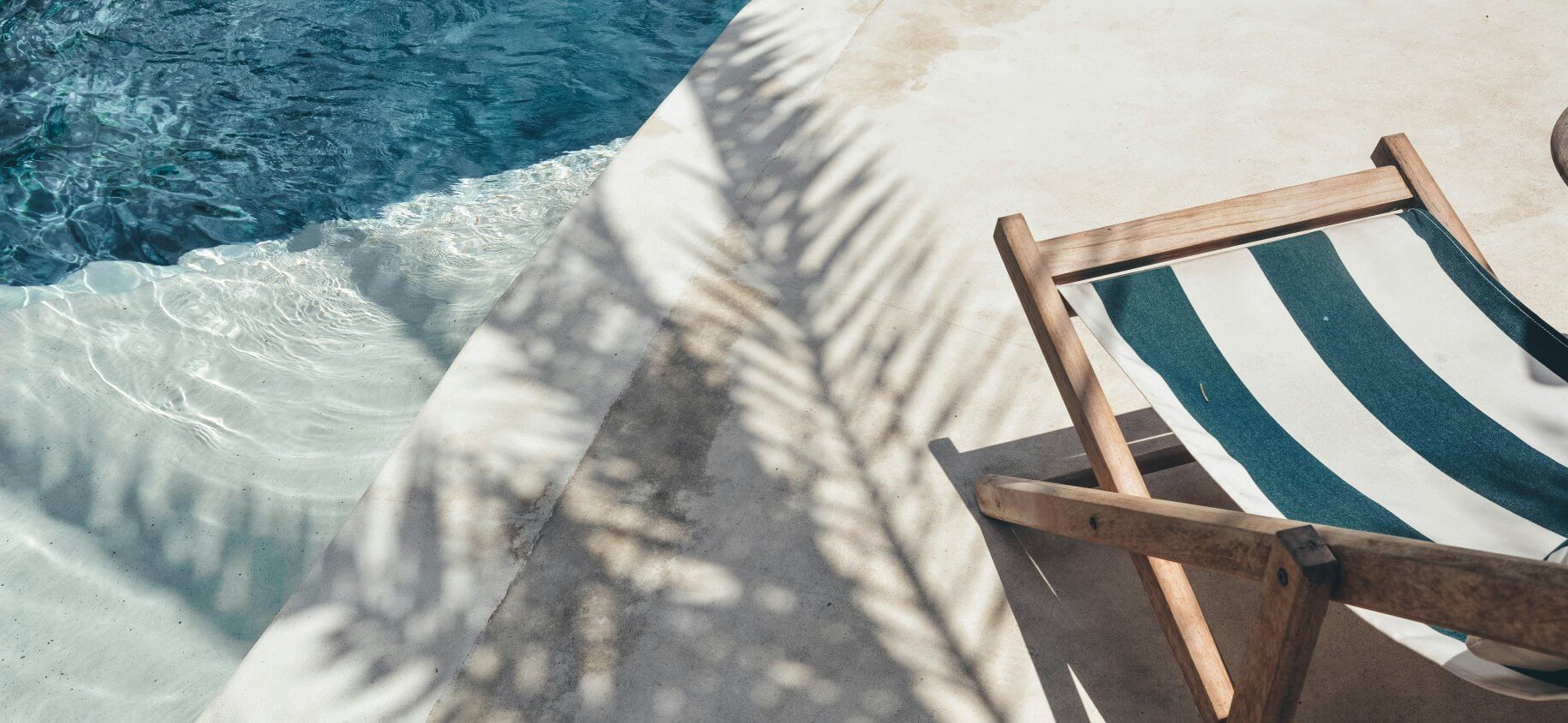 Top 5 Must-See Events for Your Summer in Drôme Provençale
Top 5 Must-See Events for Your Summer in Drôme Provençale Abbaye d’Aiguebelle
Abbaye d’Aiguebelle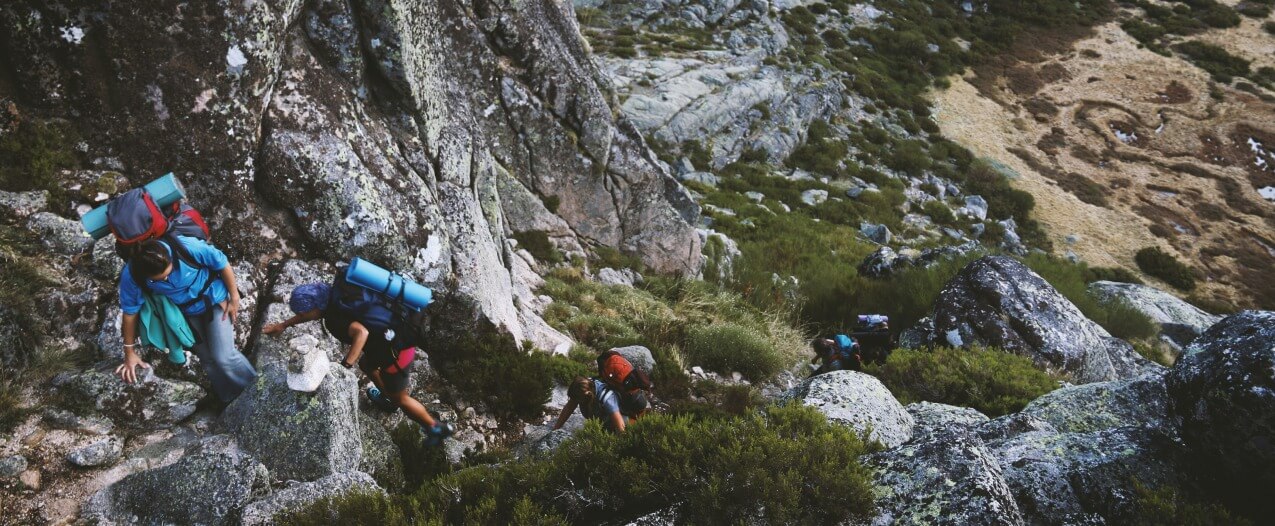 The Three Beaks
The Three Beaks
